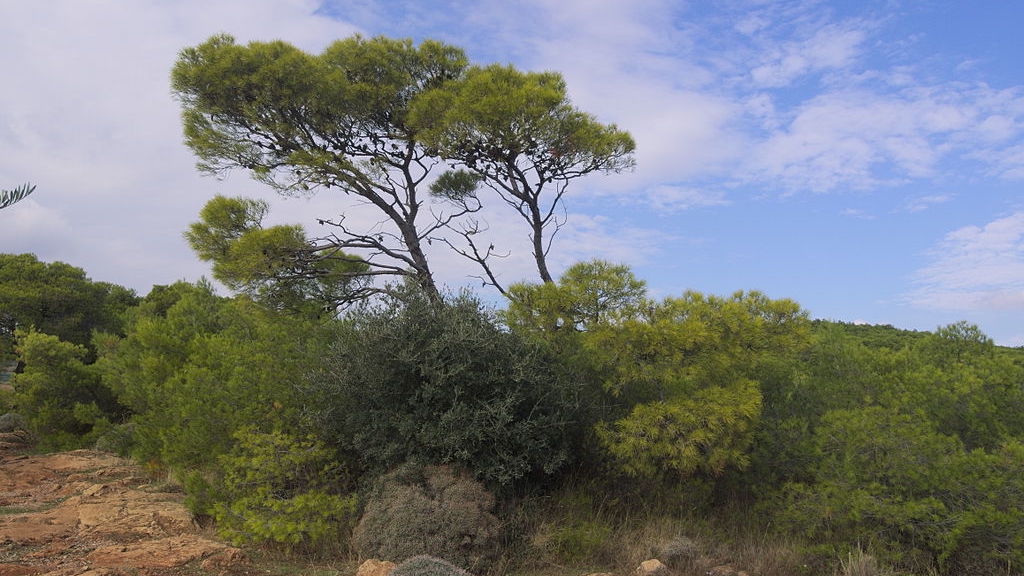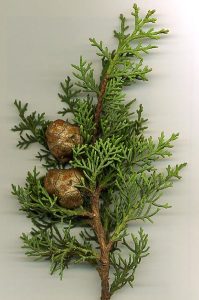Planting for Tomorrow
In these days when humanity seems bent on destroying nature, Israel is a country which not only has very strict laws for the protection of flora and fauna, but it is also the only country in the world which has a positive growth rate of trees.
The importance of trees cannot be overstated, no matter what country we are talking about. Trees give us oxygen, provide food, give farmers income and enable a vital eco system to function – without which we would not survive.
“In an area of only 22,000 square kilometres which contains just small natural Mediterranean forestation, citizens of the tiny state have planted over 250 million trees!”
Since the birth of the state of Israel, the Jewish National Fund has made it their business to ensure that trees are planted throughout the country. In an area of only 22,000 square kilometres which contains just small natural Mediterranean forestation, citizens of the tiny state have planted over 250 million trees! Every year about 20,000 dunams of forest are added throughout Israel. There are now around one thousand picnic spots throughout the country, shaded recreation areas and parks visited every week by tens of thousands of Israelis. The JNF even have a project where members of the public are encouraged to plant a tree in memory of family, friends and loved ones who have passed away. Planting trees is a meaningful and traditional Jewish way to commemorate the life of a person and ensure that their memory never dies.
The Mediterranean climate and the various types of rock and soil has enabled various forests and shrublands to develop over the centuries since antiquity. Before the Israelites settled in the Land, the country was covered with many forests among which lived wild animals such as boars, antelopes and deer. Many experts and researchers testify to the fact that the Land of Israel was even more forested then than it is today. With the entry of the Israelites into the Promised Land, and the natural growth of the population, there became a large demand for land for settlement and farming which over time brought about deforestation.
After an exile of two thousand years, the Jewish people began to return to the land at the end of the 19th century. It was then that the idea of a return to life and the planting of trees became interchangeable. In those years, gardens were planted, but most importantly many trees were planted to drain the swamps. It was the years when the Jezreel Valley began to take shape, and where the coastlands became habitual. Leading up to World War One, many trees were devastated by the ruling Turks who cut down thousands to lay railroads and to fuel their pilgrimage trains to Mecca.
Despite the swamps being drained and the appearance of some gardens and small areas with trees, the Turkish stripping of the land meant that important large forests were lacking. One of the first large national tree-planting projects took place just months after the 1948 War of Independence had finished. The reason was two-fold: to make it harder for future Arab enemies to attack the new communities forming around Jerusalem and to commemorate the victims of the Holocaust. This massive project which became known as the Martyrs Forest consisted of planting four and a half million Aleppo pine trees and one and a half million cypress trees in memory of the six million Jewish people murdered by Nazi Germany and their collaborators.
There are over one hundred species of pine trees worldwide, of these four species grow in Israel. The Aleppo pine was chosen for the Martyr’s Forest because it is the only pine in Israel which grows wild and can multiply spontaneously and in an extraordinary rapid way. The villages around Jerusalem had to be defended so quick growth was necessary. The Aleppo pine was the only tree which could fulfil the requirements. The cypress was chosen because of traditional reasons. Mediterranean cultures have often identified the cypress tree with the afterlife. This is because it has an evergreen quality (symbolising eternal life) and is roughly shaped like a candle. In Judaism, the candle is a symbol of the soul. Judaism understands that when a soul/person departs from this world, they leave behind a dark void. A candle therefore serves to replenish this light. The candle-shaped cypress helps us never forget our loved ones, an idea taken from the Psalmist who wrote, “The soul of man is the lamp of G‑d.”
Throughout the Martyr’s Forest, there are now small and tasteful stone memorials commemorating the various Jewish communities who were annihilated in the Holocaust. This theme of commemoration by trees was also adopted by Yad Vashem to honour the 27,000 Righteous Among the Nations – the non-Jewish people who bravely tried to save Jews at the risk of their own lies. Many of these Righteous have a tree at Yad Vashem, others have their names on a plaque. This is entirely due to consideration of space and has no weight on who deserves more. The elected tree is a carob. The carob tree has seeds which always weigh exactly the same, no matter what tree they are from. In antiquity the seeds were therefore used as a measure of weight. In the Bible, the idea of “equal measure” was a metaphor of fairness and justice. The Righteous who risked their lives in order to save their Jewish neighbours, restored a measure of justice to the world by standing up to evil.
“It is no surprise that in the Bible, the tree is the metaphor for how to live a righteous life”
Israel has a desert climate. While exotic and almost magical, the desert is also dangerous. Its encroaching heat threatens to ravage pastures and extinguish life. Thus in such an environment trees have additional advantages in that they provide shade for humans and animals alike and keep the looming desert at bay.
One example of harnessing the desert is Yatir Forest, just a few kilometres north of Beersheba, the capital of the Negev. Covering 30 square kilometres, and with over 4 million trees, Yatir is the largest planted forest in Israel. Pine, cypress, tamarisk, carob, fig, olive, jujube, acacia and eucalyptus trees are planted very close together. Not only does this trap carbon in the air, the close proximity of the trees reduces evaporation of the sparse rainfall. Precipitation caused by the morning mist and dew, is protected ensuring that the trees get as much moisture as possible. Despite the pessimism of many experts, Yatir Forest became a showcase of how to halt the unwanted desertification on the mountain slopes to the north of Beersheba.
It is no surprise that in the Bible, the tree is the metaphor for how to live a righteous life. No reference is more famous than the one found in the very first Psalm where the Psalmist tells us that if we obey the commandments of God, we will be like a tree planted by the rivers of water, “that brings forth his fruit in his season. His leaf also shall not wither, and whatsoever he does shall prosper.”






